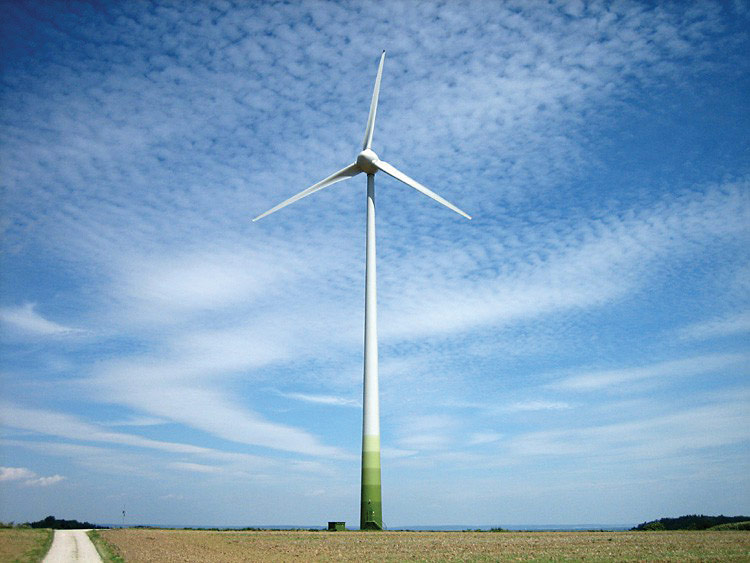By IE&M Research
According to the recent report released by British Petroleum (BP) on World Energy Outlook (to 2035), China is expected to be the largest growth market for energy, although it is likely to be overtaken by India. The report raises three noteworthy points –
Lower energy intensity resulting in energy demand growing by only a third of global GDP growth;De-carbonisation of fuel-mix with non-fossil fuels estimated to take a larger energy pie at the expense of coal and account for half of the energy growth over 20 years; and
The growth rate of carbon emissions is predicted to plummet to one-third versus past 20 years, led by faster efficiency gains and changing fuel mix.
As per the Outlook, the global energy requirement will slow to 1.3% p.a. (2.2% in 1995-2015). Fossil fuels share in global energy supplies will fall to 78% by 2035 (85% in 2015), with gas being the fastest growing fossil fuel (1.6% p.a.). While oil will grow steadily (0.7% p.a.), coal will suffer a sharp reversal with demand growth slowing to 0.2% p.a. (2.7% in the past 20 years), losing out to renewable, which are set to grow the fastest (7.1% p.a.). The share of renewable in global energy is projected to rise to 10% by 2035 from 3% now. Power will constitute nearly two-thirds of the overall increase in global energy consumption over the outlook period.
Electric vehicles (EVs) displacing oil only to a limited extent
Global car fleet is expected to double to 1.8bn by 2035 led by emerging markets. Number of EVs though expected to spurt (100mn by 2035 from 1.2mn in 2015) will still represent only 6% of cars in 2035, displacing a cumulative 1.2Mbl/d oil demand. Notably, cumulative oil demand for transport will still increase 4Mb/d over the outlook. However, BP presented 2 alternative scenarios – digital and electric revolution, wherein electrification of cars combined with autonomous driving, car sharing and ride pooling will enable faster migration from oil to EV. On the other hand LNG is growing 7x faster than pipeline gas trade, and by 2035 will account for around half of all globally traded gas versus 32% now.
Wind power installations may cross 5,000 MW this year
According to Indian Wind Turbine Manufacturers’ Association wind power installations will cross the 5,000-MW-mark. The previous high was 3,472 MW of fresh capacity set up in 2015-16. In the first ten months of the financial year, till January, the sector added 2,094 MW, which means close to 3 GW would need to be put up in just two months. In 2015-16 installations of 3,472 MW, as much as 1,700 MW came in March alone. At the end of January, India had 28,871 MW of wind capacity. It ranks fourth in the world after China (145,362 MW), US (74,470 MW) and Germany (44,947 MW). The government aims to see 60,000 MW by 2022.






















